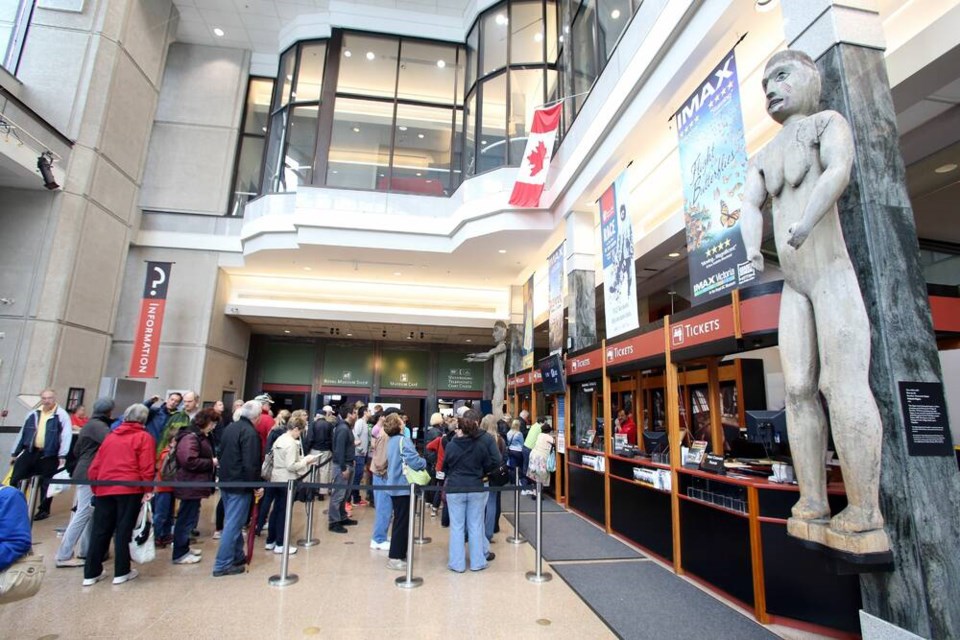There has been no shortage of criticism over the B.C. government’s announced plan to construct a new Royal B.C. Museum at an estimated cost of $789 million.
Given the current economic cycle, however, it is nothing short of bizarre.
The stimulative nature of large capital projects is well understood and has been a tool in the hands of politicians since at least the Great Depression. The Lions Gate Bridge, although paid for by the Guinness Family (later sold to the province), was approved in 1933 largely to create jobs and stimulate a depressed local economy.
Similarly, the existing Pattullo Bridge was begun in 1935, with then-premier Thomas Dufferin (Duff) Pattullo expressly emulating the New Deal policies of U.S. president Franklin D. Roosevelt.
In both cases, capital projects were approved, designed and built at the very bottom of a private-sector economic cycle, when unemployment was high, consumer demand low, and families struggled to put food on the table.
Since the Great Depression, most governments have embraced the Keynesian perspective (i.e. that government spending can stimulate the economy and reduce the severity of downturns).
Indeed, for much of the COVID-19 pandemic the Canadian government went far beyond economic stimulus and began mailing cheques to individuals and businesses as a form of economic support and to ameliorate the effects of an even greater economic contraction.
For its part, the Bank of Canada provided monetary support by slashing interest rates and providing the funds needed to the federal government through buying government bonds, also known as quantitative easing.
Approaching the midpoint of 2022, however, it is apparent that rock-bottom interest rates and historic government spending has pushed the Canadian economy into an overheated condition, with 1970s-style inflation, record house prices and soaring fuel costs. Labour shortages and continued supply-chain disruptions have only added to these intense inflationary pressures.
Taking these two points together — the stimulative nature of government-funded capital projects, and the current overheated economy — it is clear that a big-ticket capital project like the Royal B.C. Museum is not only unnecessary, but the precise opposite of what the province needs at this point in the economic cycle.
The labour used to build the museum will be diverted from much-needed (and already short-handed) construction trades. Materials devoted to the project will make yet another demand on an already-strained supply chain.
Taxpayer funds spent on the project will only add fuel to the fire of inflation, which the Bank of Canada is trying desperately to douse with higher interest rates.
It is unclear what political purpose the government is attempting to serve with this announcement. But building a museum at this point in the economic cycle is not only unhelpful, but it will aggravate and prolong the challenges we face as a province. It is bad policy, poor governance and worse economics.



